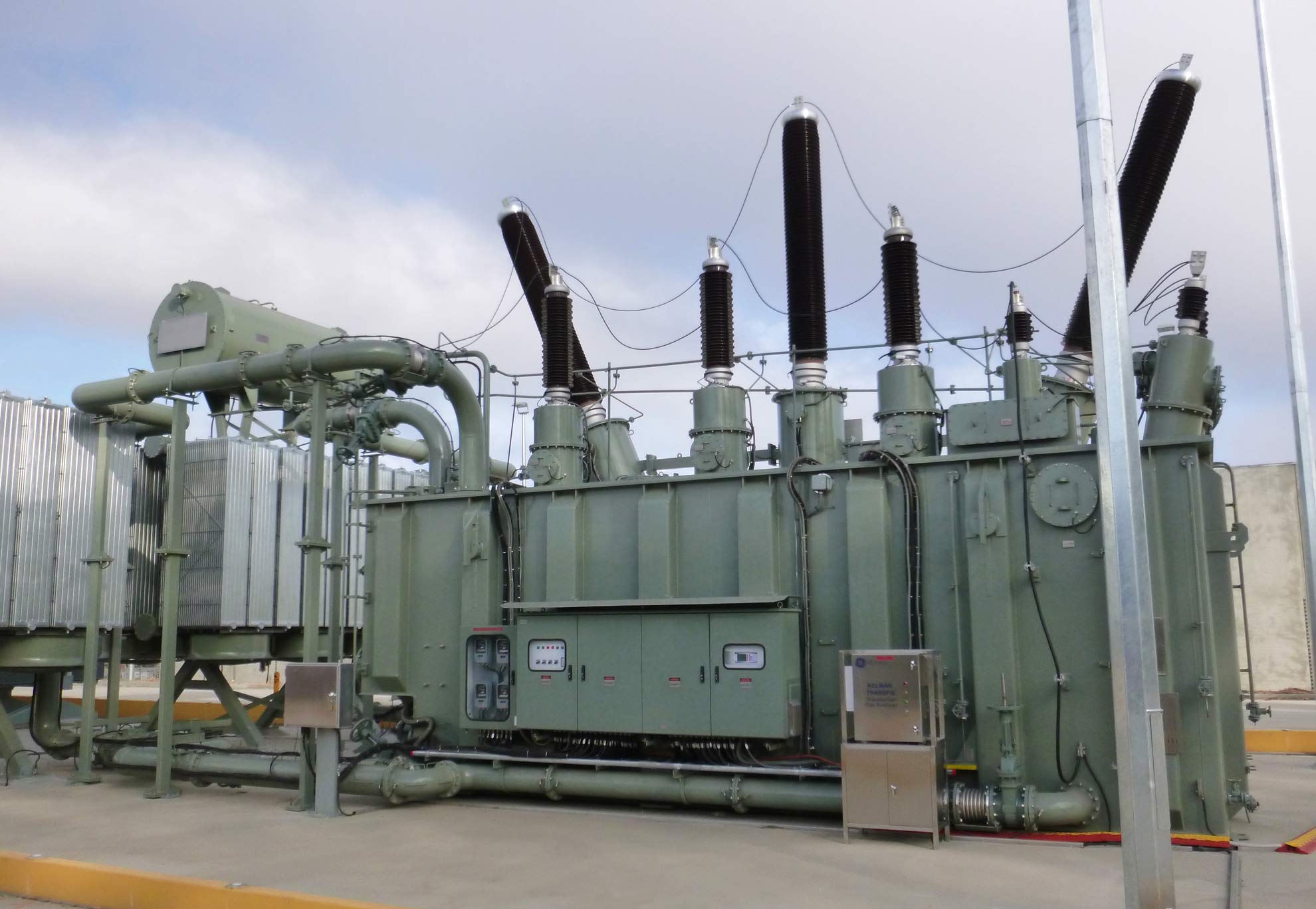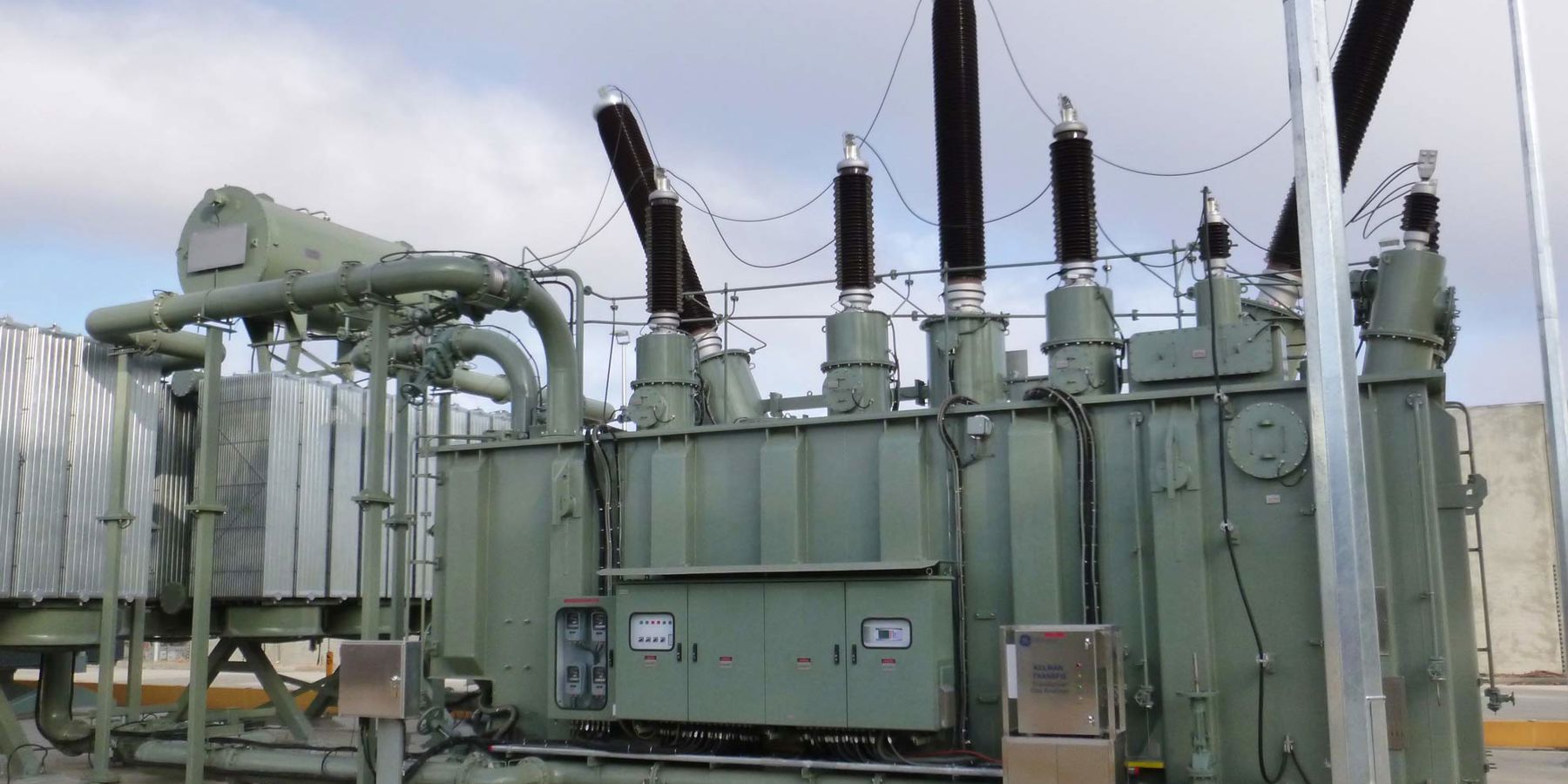As we forge ahead with renewable energy solutions, we’re also looking at equipment that supports a greener future for WA.
How we cool and insulate transformers within our transmission network has the potential to positively impact the environment around us. And that’s why we’re embarking on a new industry leading trial.

Why do transformers need cooling?
Transformers lower and raise voltage. While in operation, they may become very hot and need to be cooled to prevent damage to the transformer as a result of overheating.
Traditionally, transformers use non-biodegradable mineral oils to cool and to provide electrical insulation. Oil spills from a damaged transformer can harm the environment.
We operate 153 transmission substations that house one to three transformers at each substation. Depending on the voltage and power rating, these transformers can store between 10,000 to 120,000 litres of oil.
That’s enough to fill two medium backyard swimming pools! You can imagine the impact if a spill into the environment was to occur.
How common are transformer oil spills?
Oil spills can happen when a transformer is damaged, for example during a fire, severe weather event, aging of components or when an electrical fault occurs within a transformer.
While the toxicity of the mineral oils used in our transformers are low, an uncontrolled spill can affect water quality and impact animal and plant life.
we have controls in place to mitigate the risk (i.e. oil containment systems) and processes to report and assess the situation. This includes appropriate clean-up measures that meet environmental regulations.
In future, the effects of oil spills can be minimised by using an environmentally friendly oil to cool and isolate transformers.
Trialling an eco-friendly transformer oil alternative
We’re exploring the potential of synthetic ester oil to insulate transformers over petroleum based mineral oils. While this is common in the resources industry, the trial is a first for Western Power.
Synthetic ester oils are safer, biodegradable and can extend the life of a transformer.
The trial will initially see two synthetic ester oil transmission transformers installed in two of the Perth metro substations. More research is also underway, looking at extending this technology to distribution transformers.
What are the environmental benefits of using synthetic ester oils?
In the event of an oil spill, synthetic ester oils are far kinder to the environment than mineral oils. It’s more biodegradable – 80% will break down within 28 days compared to just 10% for mineral oils.
The ester based fluids are also non-toxic and non-hazardous when coming into contact with water and soil.
How can ester oils lower fire risk?
Synthetic ester oil transformers also reduce the risk of fires as they have a higher flash point. This is an indication of how easy a chemical may burn. The flash point for synthetic ester oil is300 degrees , compared to around 180 degrees for mineral oil transformers.
How can the use of synthetic ester oils improve our efficiency and performance?
While synthetic ester oil transformers are more expensive than mineral oil filled transformers, they’re more cost effective to install and have an extended lifetime. With higher performance also comes lower operational and maintenance costs. Due to the much lower fire risk and impact on the environment, the need for expensive fire walls is significantly reduced. Given all these benefits, it’s a win-win for everyone.
If the trial is successful, synthetic ester oils will bring us another step closer to powering WA sustainably into the future.
